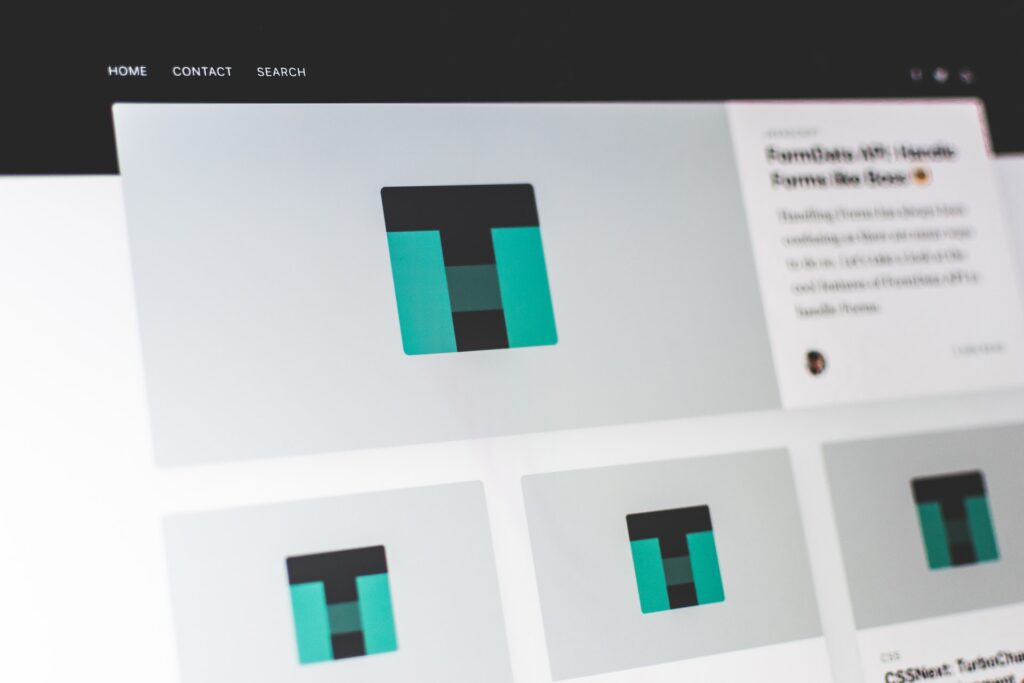Article layout: what to look for in the design
Poor article layout can nullify all efforts to write an interesting and useful text: the content will be poorly perceived by readers, and will eventually discourage them from looking at other publications. Errors in the layout – are a fairly common phenomenon, which can be avoided if you know what points to pay attention to.
The first thing to consider is text alignment. Often beginners try to align lines, placing hyphenation manually or automatically. However, for sites, these methods are not suitable. With manual alignment, the text will not appear equally on different devices, and with automatic alignment, which focuses on alignment to the width – spaces between words will not be identical, which catches the eye. The optimal solution is alignment to the left edge. Although one edge will still look jagged, this alignment option is best for websites.
Particular attention should be paid to the contrast between the color of the text and the background. The lower it is, the harder it will be to read the article. Most often, layout designers stick to the 5:1 ratio or more: with this contrast, the text color is light gray, and the background remains white. The highest 1:1 contrast is black letters on a white background.
The purpose of subheadings is to pique the reader’s interest in a cursory page view, which means they should be prominent. Use a different font size from the main text, a bold style, or color to highlight them.

Another common mistake in the layout is the wrong indentation ratio in the subheadings. In this case, the top indent should be larger than the bottom one. This approach indicates that the subheading belongs, that it refers to the text that comes below.
The interlineation is the distance between the lines. It depends on the point and line width: the larger the point, the wider the interlinear spacing. To determine the optimal spacing, it’s best to use the space between words, which should be less than the interlineation.
To calculate the length of the line experts use a special formula, in which the value of the font size should be multiplied by 30. However, keep in mind that font size smaller than 14 px will be poorly perceived by readers.
You should also avoid texts that look like a solid canvas when you layout them. This impression is created by the absence of paragraphs. They help to structure the article and make it more readable. However, it is better to have paragraphs of not less than eight lines, too many text blocks are also undesirable – it visually increases the publication.
If all the above requirements are met, the layout will not cause difficulties, and users will be able to enjoy reading the text.
